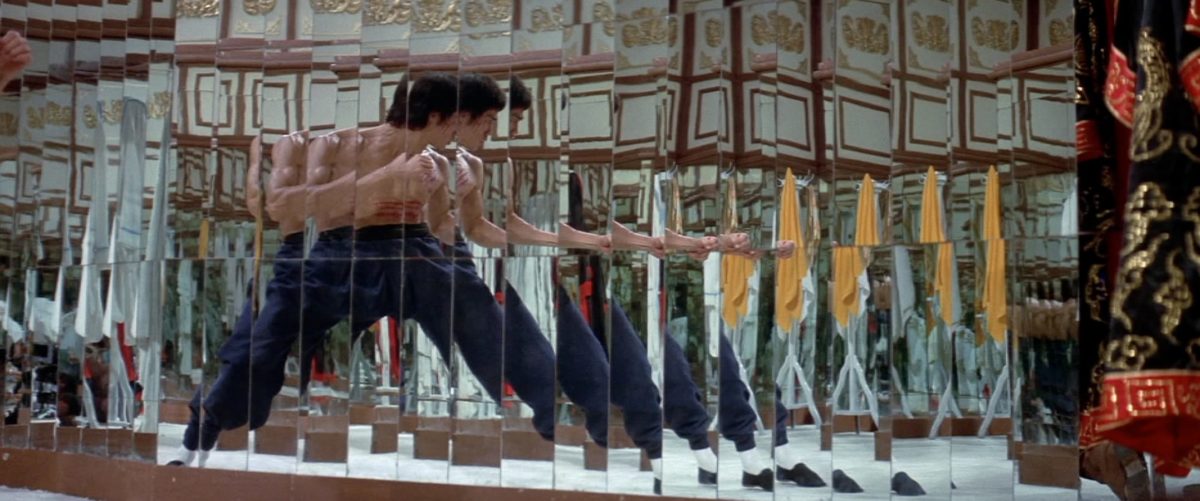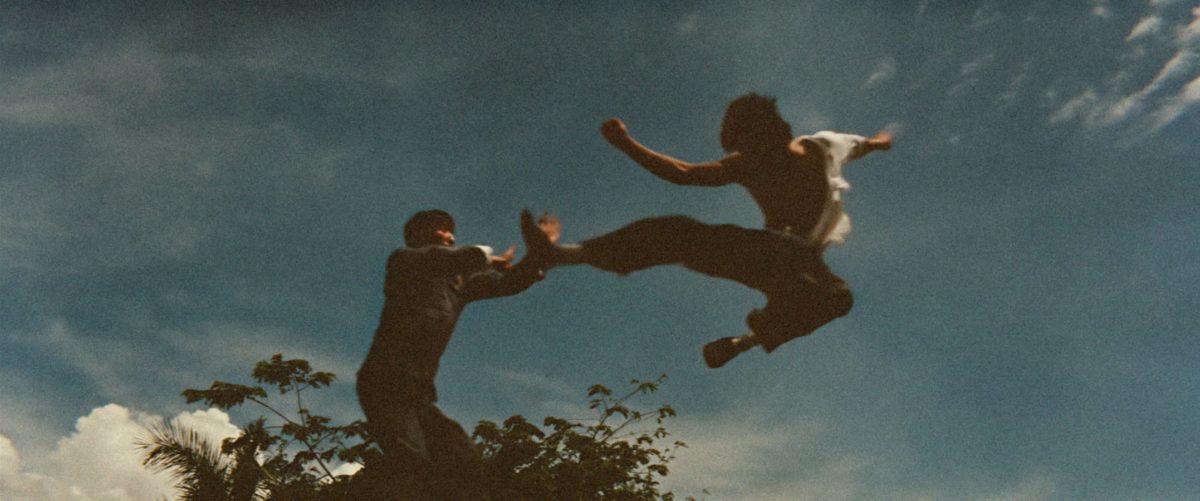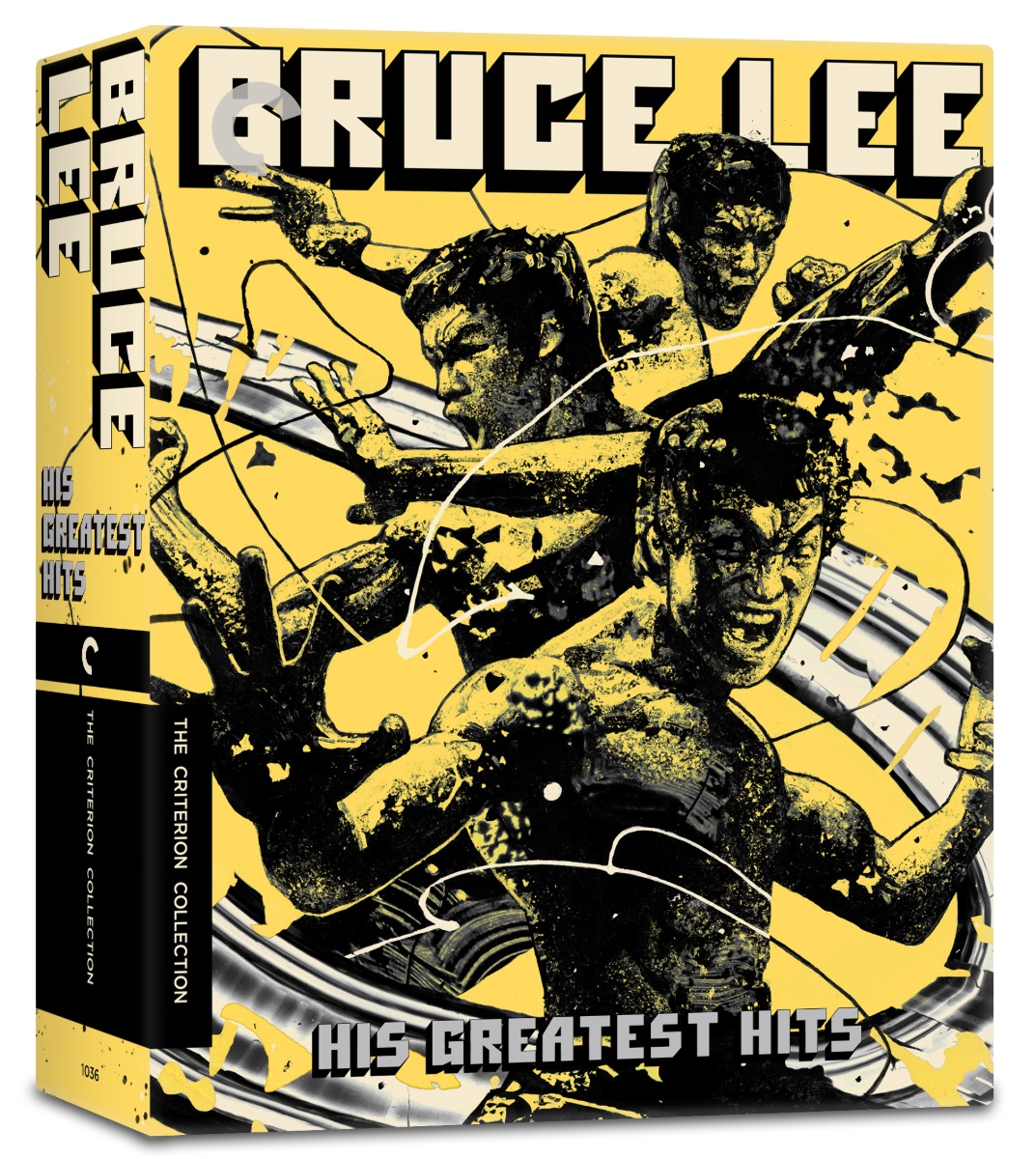In 1973, Bruce Lee died at the young age of 32, six days before the release of his most successful and his first true Hollywood film, Enter the Dragon. Watching his films in 2020 provides a bittersweet enjoyment, knowing how much of a megastar Lee already was, and imagining the immeasurable impact he would have gone on to make over the next decades of his life if it was not cut short. Lee remains one of the most bankable stars of all time, as seen by Enter the Dragon making an estimated $350 million worldwide against an $850,000 budget.
Of his five major leading roles on the big screen, his 1973 megahit is his most composed and impressive, and the film that best exemplified his acting abilities, but as a new box set shows, there’s much more to discover in his short-lived career. There never was and never has been another Bruce Lee.
In The Criterion Collection’s new Bruce Lee: His Greatest Hits box set, each disc is jam-packed with content, with everything from alternate credits, endings, trailers, radio spots, interviews, and documentaries surrounding the Hong Kong-American actor, born in San Francisco in 1940. It is content paradise, especially for those with any infatuation with action, adventure, James Bond, or fight sequences that make you wish you knew how to practice Jeet Kune Do on your mortal enemies. More than anything though, the five films show Lee’s ability to take up an entire screen, to take control of a scene, and to be the hero that viewers wished they could become.
He was undefeatable, unbeatable, and undeterred by anyone and everyone that came into his path. That’s part of the tragic nature of his death. Especially when watching these five films in order and over a short amount of time, Lee only grows more impressive, exuding an unwavering physicality and perseverance as those he faces in battle only increase in difficulty. He goes from knocking out two henchmen in Lo Wei’s The Big Boss in 1971 to taking on Kareem Abdul-Jabbar in his brief moments in Game of Death in 1978. The Big Boss sees Lee launch into stardom in his first major film, one that doesn’t use Lee’s abilities too early or often, rather saving them for the final 30 minutes. In Game of Death, a film revived years following Lee’s passing after an unfinished shoot, director Robert Clouse used multiple doubles of Lee, rewriting the story to include facial reconstruction, because the precious footage of Lee was enough to still create a film around.
In between these two films, he fights hundreds of henchmen, mob bosses, murderers, sex traffickers, and criminals that are threatening his friends, his family, his martial arts academy, his restaurant, and even his fake movie career. He starred in Lo Wei’s Fist of Fury, his own Way of the Dragon, and the absolute blockbuster that was Robert Clouse’s Enter the Dragon, all over the span of less than three years. Though Clouse’s film supersedes the rest, Lee’s acting matures through Lo Wei’s martial arts films and his directorial vision comes to life in the slapstick comedy of Way of the Dragon, a film where he takes out snipers, defends restaurants, and talks about the unspectacular nature of the Roman ruins.
The issues are never too complicated in these movies, all hovering around 100-minute runtimes, with a minimum of 30% dedicated to Lee kicking ass. Some bad man is always terrorizing humans in Lee’s life, so he fights back, or he defends those around him. He’s a true hero, though one prone to the vices of alcohol and women. Lee’s characters don’t receive huge backstories, monologues, or much development in his films; instead, they gain honor, respect, and admiration throughout the course of each movie. Lee was beloved in Hong Kong, in America, in Asia, and eventually in the entire world, and though his characters made the rare mistake, his likability only swelled with each defeat of a resident “bad guy,” whether in Rome, on an island, or in Hong Kong.

Enter the Dragon
A few points stick out when rewatching Lee’s films in a chronological loop. First, his style of fighting is wholly unique when compared to the rest of the ensembles. Everyone else looks like a novice compared to him. Without a doubt, he is always the fastest, most athletic, and most powerful person in the room, or in the ring. This hand-to-hand combat wields influence over our current action films, from The Raid to John Wick franchise, primarily in sequences in which guns aren’t as prevalent and the only tool of battle is one’s body. Lee is also cunningly resourceful in these films, showing his intelligence along with his prowess. He uses items such as a sweater, nunchucks (lots of them), sticks, swords, and his opponent’s weapons against them. Though violent, his films are a great hang, ones you can either throw on in the background or engross yourself in, looking at the fights with meticulous analysis. What’s clear in watching these films in succession is how Lee has helped shape karate, boxing, and of course, mixed martial arts (MMA) in the decades since his passing. He looks like Floyd Mayweather, jumping around with an unparalleled lightness and speed. The oblique kick, which he uses on Chuck Norris in battle in the Colosseum, is used frequently in MMA. If you watch these matches directly after a Bruce Lee film, you’d think they stole his style, his tactics, and his ability to fight with his entire body, with twirling arms and legs constantly landing body and face shots. The actor remains one of our best action stars, due to his actual ability to fight. You wouldn’t want to go toe-to-toe with Bruce Lee, and the stories you hear through interviews and documentaries back that up.
Though the legitimacy of the stories have been challenged, they include Lee’s ability to catch grains of rice thrown in the air, his piercing of soda cans with his fingers, and his constant need to be training, even punching a bag while he was eating lunch on set. There are tales of his one-inch-punch that would send men much bigger than him flying and unable to sit up for minutes. He fought other local dojo leaders in San Francisco when he felt he was disrespected; his temper and need to be accepted and revered often consumed him. Lee had a constant fire to propel himself forward, and to uphold the ideals and expectations he set for himself.

The Big Boss
It’s difficult not to be sad when watching and writing about Bruce Lee. He created a bridge between countries and cultures. With Enter the Dragon, he merged Asian and American cinema, which is no light task. His films inspired decades of anime, video games, and knock-offs that hoped to capture an ounce of the lightning rod that was Bruce Lee. The handful of films he made, one of them which he wrote and directed (The Way of the Dragon), grossed a combined $630 million worldwide––and that’s back in the ‘70s. A true sign of his fandom, he appears for less than 15 minutes in Game of Death, yet the film still made upwards of $43 million against a small budget. Even films with little to no plot and dialogue became box office smashers due to Lee’s presence, and as seen in this box set, he elevates the weakest sequences in some of these films with his skillful charisma.
During a summer where we can’t share the experience of a big-screen action spectacle as an audience, Criterion’s release is a much-needed jolt of energy. People across the globe went in droves to see Bruce Lee onscreen. His magnetism cannot be understated, and his inspiration to millions of people should always be remembered. The martial arts master put forth a joyful absurdity, a star power that was full of high-pitched yells, too-close close-ups, and fights so unbelievable that it is impossible to look away. He changed the way the Western world perceived Asian cinema, culture, and actors. His influence extends far beyond his career and his life. He altered the world, in perpetuity.
Bruce Lee: His Greatest Hits is now available on The Criterion Collection.

